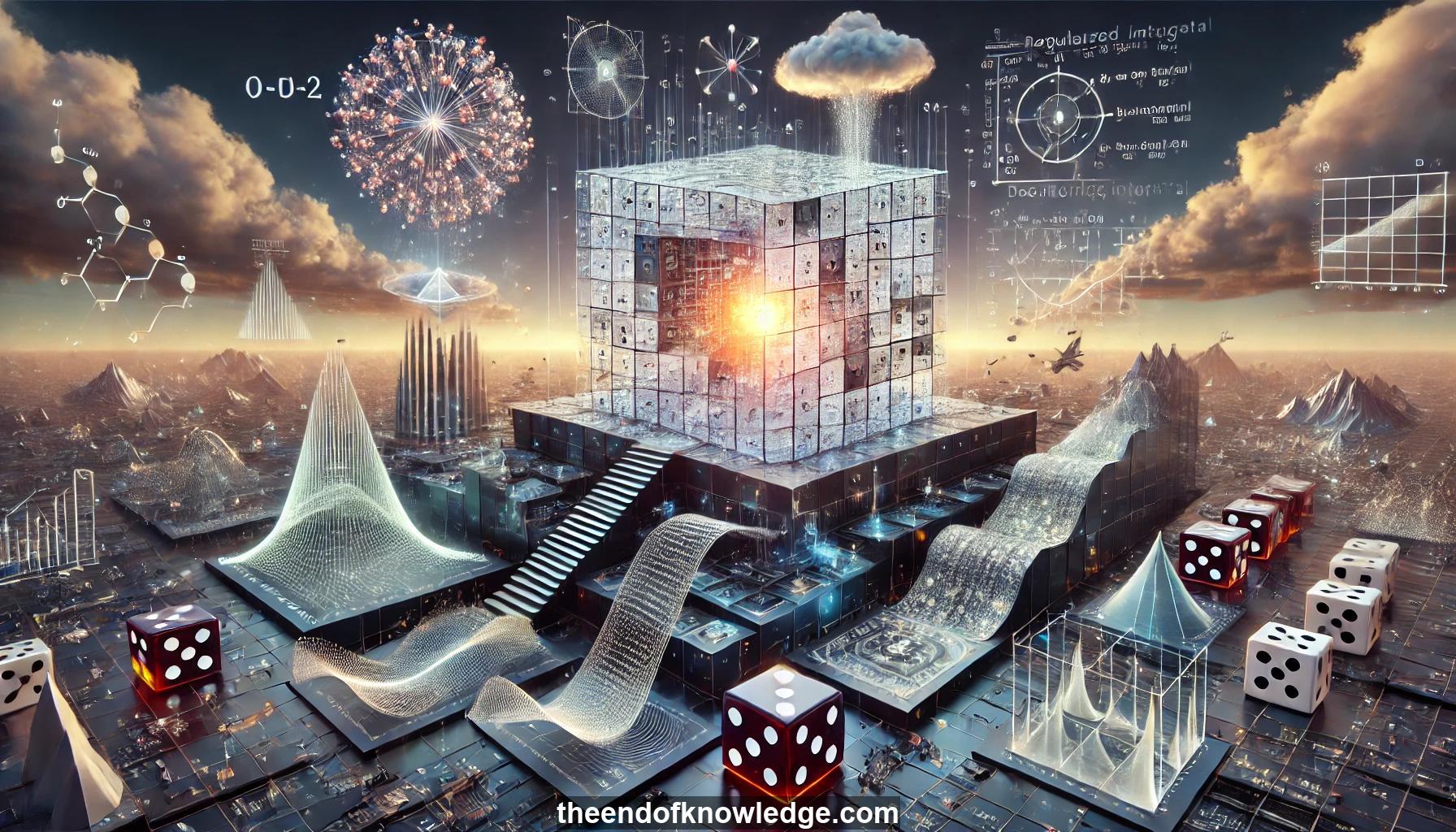 >
>
Concept Graph & Resume using Claude 3.5 Sonnet | Chat GPT4o | Llama 3:
Resume:
1.- Machine learning involves solving standard mathematical problems in high dimensions, like function approximation and probability distribution estimation.
2.- Supervised learning aims to approximate a target function using finite training data.
3.- Unsupervised learning, like generating fake faces, approximates underlying probability distributions using finite samples.
4.- Reinforcement learning solves Bellman equations for Markov decision processes.
5.- Classical approximation theory suffers from the curse of dimensionality, with error scaling poorly as dimensionality increases.
6.- Deep neural networks appear to perform better in high dimensions than classical methods.
7.- Total error can be decomposed into approximation error, estimation error, and optimization error.
8.- Monte Carlo methods can achieve dimension-independent convergence rates for certain problems like integration.
9.- Two-layer neural networks can be represented as expectations, allowing for Monte Carlo-like approximations.
10.- Random feature models are associated with reproducing kernel Hilbert spaces (RKHS).
11.- Barron spaces are associated with two-layer neural networks and admit integral representations.
12.- Direct and inverse approximation theorems establish relationships between function spaces and neural network approximations.
13.- Rademacher complexity measures a function space's ability to fit random noise on data points.
14.- Regularized models can achieve Monte Carlo convergence rates for both approximation and estimation errors.
15.- Gradient descent training faces challenges in high dimensions due to the similarity of gradients for orthonormal functions.
16.- The neural tangent kernel regime occurs in highly overparameterized networks but may not improve upon random feature models.
17.- Mean field formulation expresses neural network training as a gradient flow on the Wasserstein metric.
18.- Global minimizers in overparameterized regimes form submanifolds with dimension related to parameter and data counts.
19.- Stochastic gradient descent (SGD) exhibits an "escape phenomenon," potentially finding better solutions than gradient descent (GD).
20.- SGD stability analysis reveals preferences for more uniform solutions compared to GD.
21.- The "flat minima hypothesis" suggests SGD converges to flatter solutions that generalize better.
22.- SDE analysis of SGD dynamics supports the idea that it moves towards flatter minima.
23.- Unsupervised learning faces challenges with memorization phenomena in methods like GANs.
24.- Recurrent neural networks encounter a "curse of memory" when approximating dynamical systems with long-term dependencies.
25.- Reinforcement learning lacks substantial results for high-dimensional state and action spaces.
26.- Understanding high-dimensional functions is a major new problem for mathematics.
27.- Global minima selection in later stages of training is an important aspect of neural network behavior.
28.- Insights can be gained through carefully designed numerical experiments and asymptotic analysis.
29.- Early stopping can sometimes improve generalization, but isn't always effective (e.g., in NTK regime).
30.- Machine learning theory combines challenges from function approximation, algebra, learning dynamical systems, and probability distributions.
Knowledge Vault built byDavid Vivancos 2024